 At a Glance
At a GlanceExpert's Rating
Pros
- Unbelievably comfortable
- Clean studio sound
- Minimalist branding and aesthetic
Cons
- Cheap construction
- Microphone input isn’t subtle at all
- Needs some EQ love to reach its full potential
Our Verdict
Years after HyperX rebranded the Takstar Pro 80 as its iconic Cloud headset, now Cooler Master’s rebranded the Takstar Pro 82 with similarly impressive results.
Here’s the not-so-secret secret: The HyperX Cloud wasn’t designed by HyperX. I mean, it was insofar as HyperX put its logo on it, retooled some of the finishes, and so on. But the bulk of the engineering was done by a company called Takstar, and the HyperX Cloud we know and love (the latest version being the HyperX Cloud Alpha) started life as the Takstar Pro 80—headphones that were already whispered about in niche audiophile communities before HyperX took the design global.
And now another company’s taken cues from HyperX. Meet the Cooler Master MH752—or, if you’d prefer, the Takstar Pro 82. Will the rebrand be as successful for Cooler Master as it was for HyperX? Let’s find out.
This review is part of our roundup of best gaming headsets. Go there for details on competing products and how we tested them.
Design
What amazed me about the HyperX Cloud was that it was a cheap headset that didn’t look cheap. Or feel cheap either, for that matter. The Cloud came in around $80 for its initial release, but looked like a headset twice the price.
The MH752? Not so lucky. The MH752 is clearly modeled after Sony’s studio headphones, and while those always sound great, I find the finish somewhat lacking. The same can be said here. It’s not an awful design, and Cooler Master’s subtle logo-based branding (sans-text) continues to impress, but the MH752 looks and feels sort-of cheap. It’s lightweight, mostly plastic and leatherette, and has the same rattly feel as Sony’s headphones.
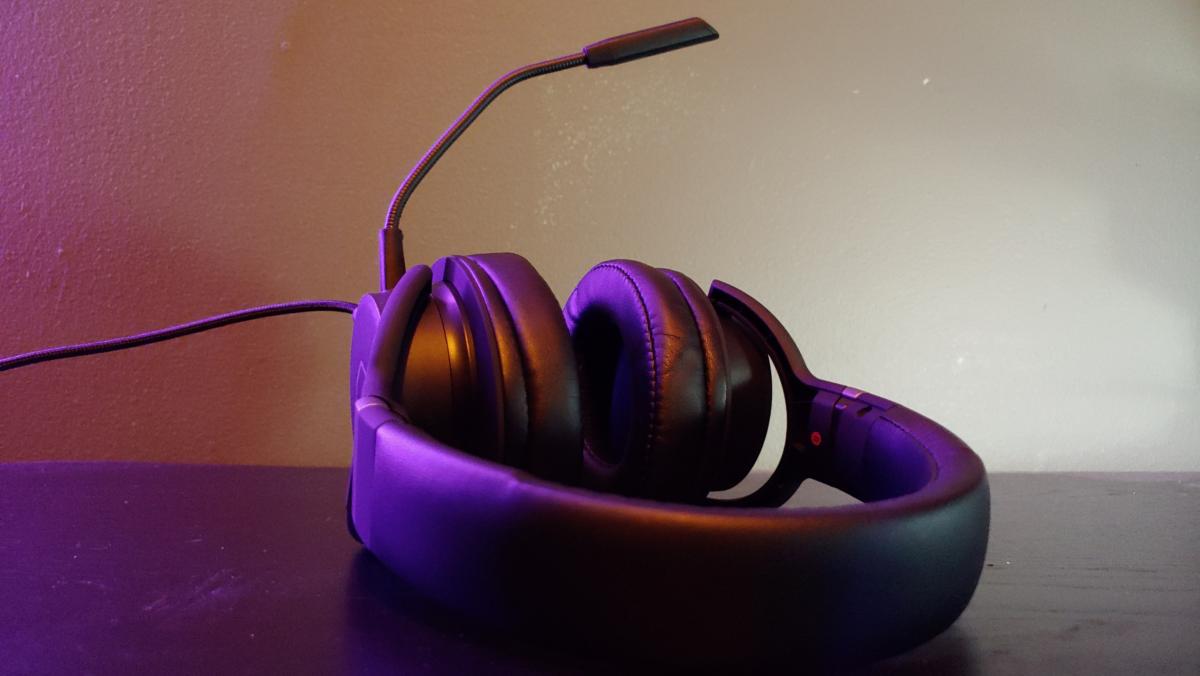 IDG / Hayden Dingman
IDG / Hayden DingmanAnd yet the MH752 is up there with the Cloud when it comes to comfort, resting securely on the head without any hint of jaw tension or crown pressure. I was shocked. At first glance the MH752 doesn’t look particularly comfy, with thin padding on both earcups and the headband. Compare it to the marshmallow pads on Razer’s headphones, for instance, or even the thick pillows on the Cloud, and you’d think the MH752 would feel as cheap as it looks.
But the amount of padding is relative to other factors, and the MH752 is so lightweight and the headband so gentle that it simply doesn’t need much padding. There’s enough to keep the driver enclosures from touching your ears, and that’s all you need really.
I prefer the Cloud school of design, admittedly. I like a pair of headphones that feel solid. I like headphones that look expensive. The MH752 is neither of these. It doesn’t look terrible, but it does look slightly utilitarian. Anything extraneous has been stripped away, and while that doesn’t compromise the comfort or the sound quality it does make the MH752 look cheap to anyone who’s not aware of its pedigree. They’re good headphones in the guise of cheap headphones, rather than (as we so often get) cheap headphones dressed up to look like good headphones.
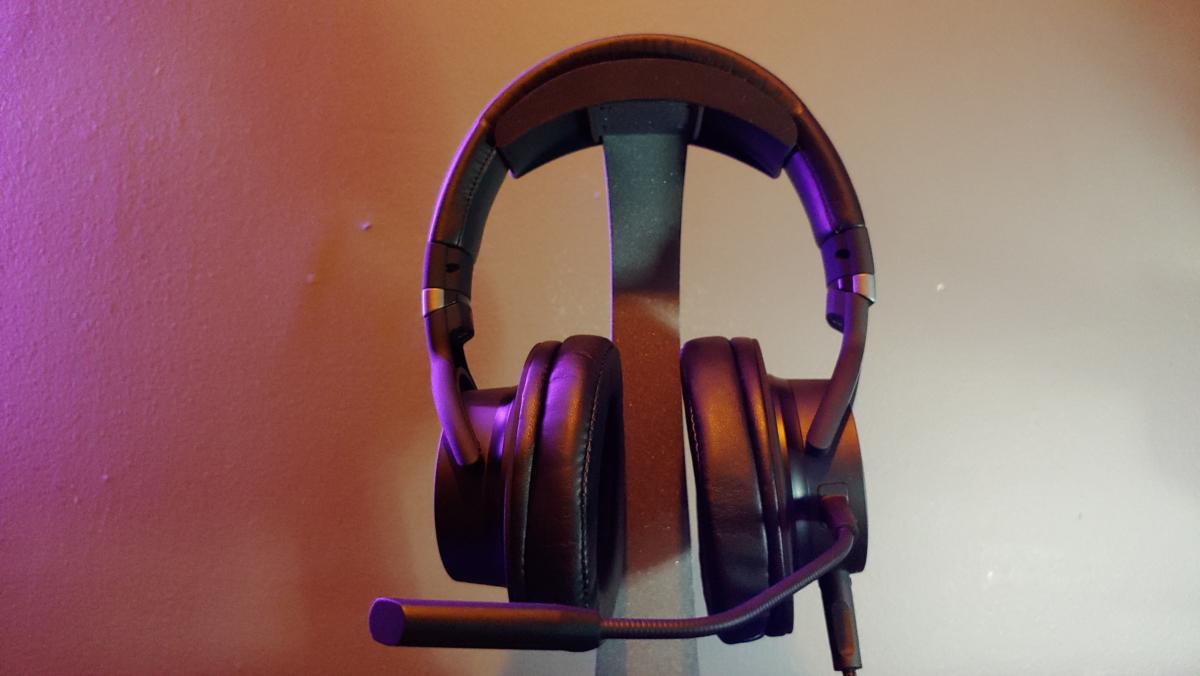 IDG / Hayden Dingman
IDG / Hayden DingmanIf you don’t care about that aspect though, it’s hard to fault the MH752. You certainly won’t be thinking “these headphones feel cheap” while they’re on your head, and maybe that’s all that matters. I’ve worn the MH752 for hours at a time with no heat build-up, no sore spots, nothing. Only the Cloud Alpha and the SteelSeries Arctis 7 come to mind as close competitors in that regard.
The microphone is removable, on the off-chance you want to wear the MH752 around outside. It’s a bit awkward though, as the input faces forward on the left earcup, and leaves a fairly substantial hole when the microphone’s removed—not just the 3.5mm jack, but a large rectangle of missing plastic as well. I feel like it could’ve been better disguised, though again it doesn’t really matter for home use.
The cabling is removable as well. The MH752 comes with a 3.5mm cable that, once inserted, twists to lock into place. I personally have kept it unlocked though, as I’d rather the cable pop out than have the headset ripped from my head. A locking cable seems like an over-engineered solution, to me.
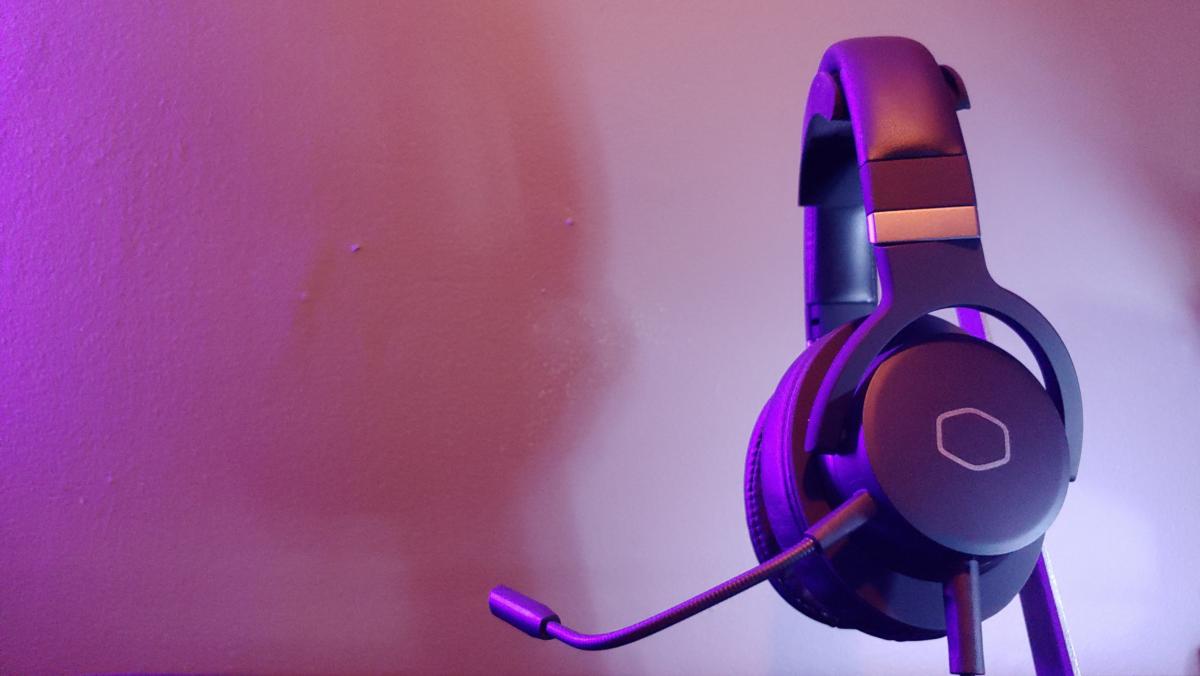 IDG / Hayden Dingman
IDG / Hayden DingmanThe slightly cheaper MH751 model stops with this 3.5mm cable, but the MH752 adds a second cable with a USB soundcard, rudimentary volume controls, and a 7.1 Surround toggle.
If you do opt for the MH752 though? Turns out Cooler Master has the same exact issue as HyperX—or maybe it’s a Takstar problem, I don’t know. In any case, the control box sits way too low on the cable. The original 3.5mm cable hangs four feet below the headset, meaning the control box is constantly dangling around my knees or piled in my lap, rendering it inaccessible in stressful moments. It’d make more sense to have the box hang half as high, at shoulder level. Or really, it’d be best to have those controls built into the headset, though that’d undoubtedly mess with the sound, and cut into the benefits of rebranding an audiophile’s favorite budget headphones.
Sound
Speaking of which: The MH752s are great headphones. I’ve already hinted at that during the design section, but it’s time to just say it outright.
Yes, Cooler Master may have gotten the short end when it comes to the MH752’s looks, but Takstar’s once again worked minor miracles at a budget-friendly price.
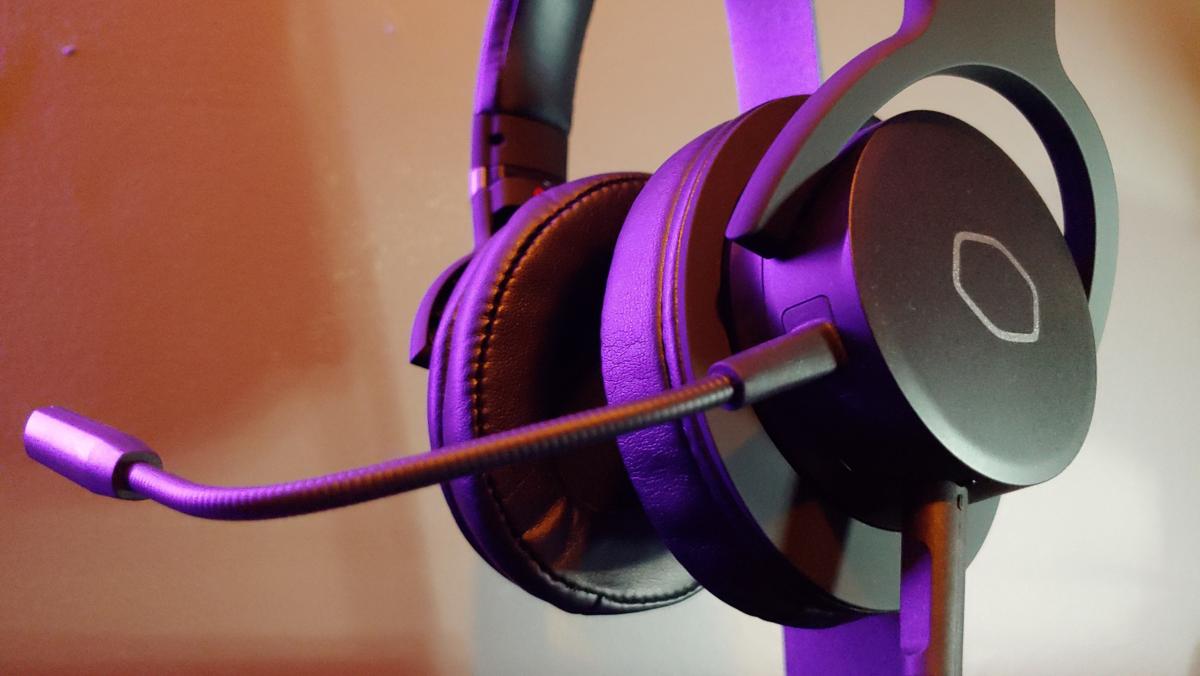 IDG / Hayden Dingman
IDG / Hayden DingmanThe key is the wide soundstage, also a standout feature of the Cloud. Cooler Master’s USB dongle adds 7.1 Surround capabilities, as I said, but you honestly don’t need it. The stereo mix already provides a fantastic sense of direction, with a sound so natural and broad it feels at times like it could be coming from speakers. The effect is particularly pronounced (and welcome) in music, instruments separating like they would on-stage instead of crowding into the same narrow channels.
You might have to EQ the MH752 to taste though. Out of the box, the Takstar 82’s roots in flat-response studio sound are very apparent. Don’t get me wrong, everything sounds good. It’s just that the ratios aren’t very exciting. The bass is warm and precise, but everything except for throaty kick drums tends to get subsumed by a clinical mid-range and somewhat overbearing highs.
Luckily there’s a lot of headroom, and the MH752 is perfect for those who like to sit and tinker. Five minutes bumping the bass and rolling off some of the high-end results in a headset that sounds like it should cost twice as much as it does.
And sure, I’ve said in the past: Any headset can sound better after some EQ love. The default sound should count for more, and it does. That said, the MH752’s wide soundstage is impossible to reproduce on a lesser headset, and that alone helps Cooler Master stand out even if its flat studio sound might need some aftercare.
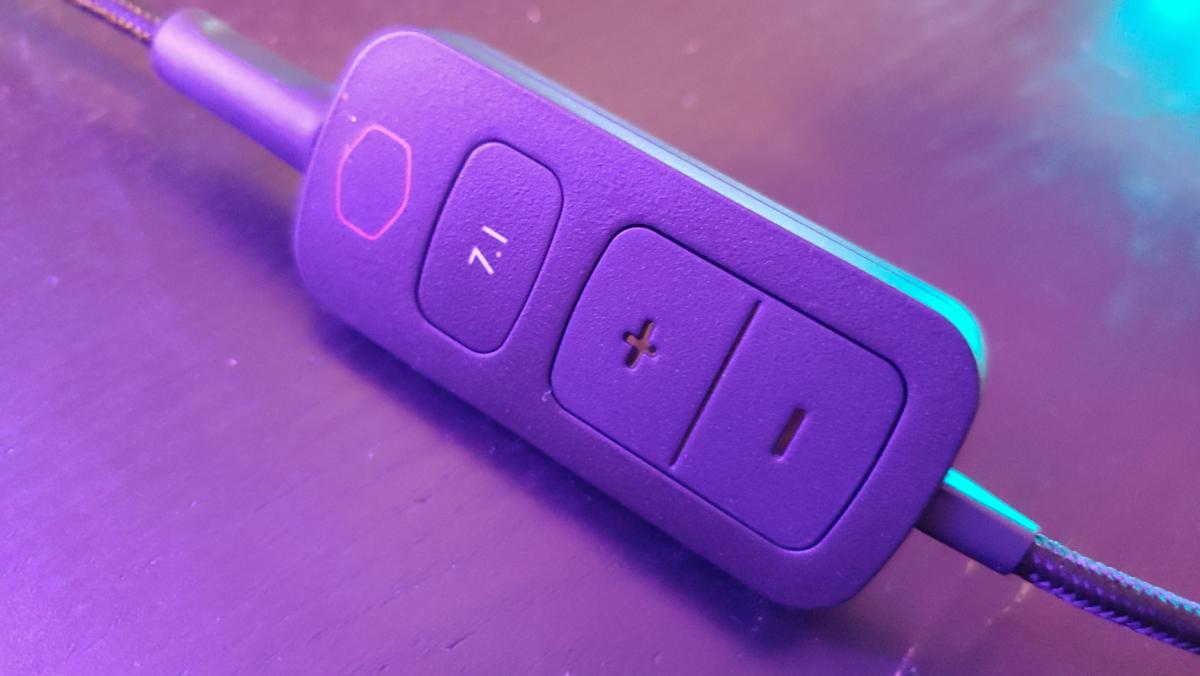 IDG / Hayden Dingman
IDG / Hayden DingmanAs for the microphone, it’s on par with the Cloud’s original microphone—which is to say, not great. It’s clearly the weak point in this whole setup, a bit nasally and with a habit of picking up plosives. And why not? After all, that’s the part grafted onto this Takstar 82 like some strange extra limb. It works well enough for voice chat, but don’t expect to do much more with it.
Bottom line
The Cooler Master MH752 probably won’t take the headset market by storm the way the HyperX Cloud did, but that’s more due to time and place than merit. While the Cloud’s superior design edges out the MH752, the fact remains that the pair are two of the best-sounding headsets under $100—probably numbers one and two, if we had to make a call. You can get better, but as far as wired headsets are concerned, you’d need to spend quite a bit more to notice a difference.
So why bother? As I said, my sub-$100 headset recommendation will still probably go to the HyperX Cloud, but if you’re looking for something new…well, why not give the Cloud’s long-lost sibling a try?


